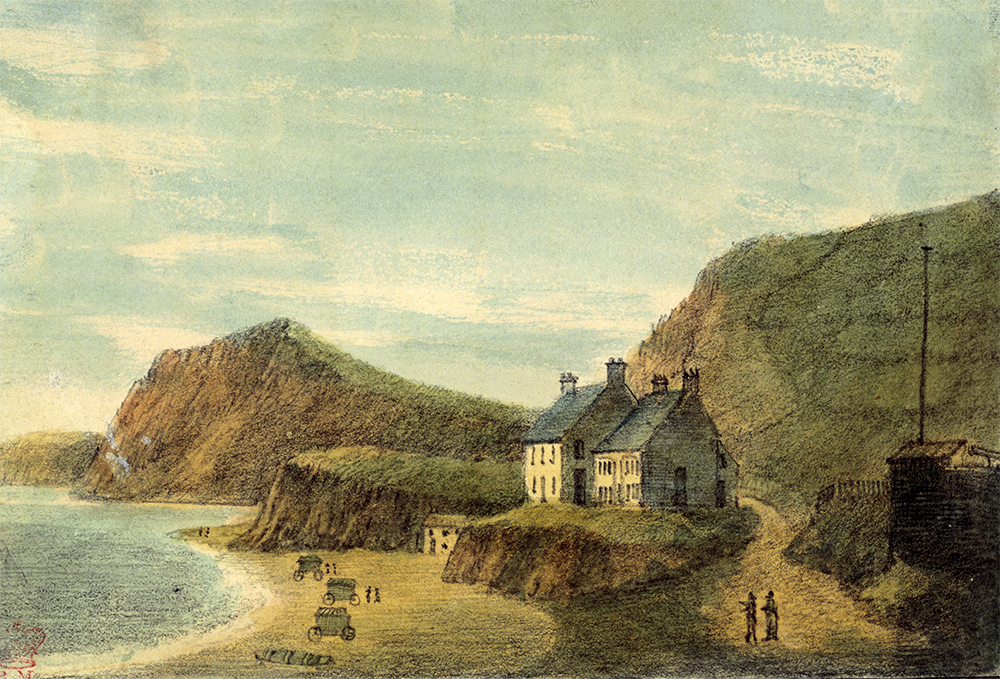
After Jane Austen’s death, her sister Cassandra destroyed the majority of her letters. This act, often interpreted as an attempt to preserve Jane’s reputation, has had the opposite effect of fuelling fervent – at times prurient – speculation about what the letters contained. While Cassandra may simply have wished to shield her relatives from the lash of Jane’s sharp tongue, later writers, drawing on the author’s fiction and family lore, have surmised that the missing correspondence concealed evidence of a love affair.
Such an affair formed the basis for Gill Hornby’s fine 2020 novel Miss Austen and now inspires Paula Byrne’s pleasant if unremarkable Six Weeks by the Sea. Byrne sets her novel in the summer of 1801, when the Austen family, having left their Hampshire parsonage for Bath, take a holiday in Sidmouth, a newly fashionable seaside resort and one of the models for Sanditon.
In Byrne’s version, the Austens are embraced by Sidmouth’s fashionable society, led by the Reverend John Swete, whose wayward son William has recently returned from Antigua with Leah, his mixed-race daughter. His mother describes the girl as ‘the daughter of a creature scarcely human’, and Leah’s predicament enables Byrne to explore Regency racism and the evils of slavery, subjects that Austen herself alluded to in Mansfield Park.
True to Austenian form, Byrne’s novel centres on a romance. Upon arriving in Sidmouth, Jane finds herself courted by two suitors: Samuel Rose, a lawyer, to whom she has a marked antipathy, on account of his profession; and Captain Parker, to whom she feels an immediate sympathy, due to his affection for her beloved brother Frank. With a discernment that seems implausible even for the most brilliant Regency spinster, she intuits that Parker is a ‘sodomite’, thus clearing the field for Rose.
The historical Rose was a prominent editor, abolitionist and barrister, who defended William Blake at his trial for sedition – a strand somewhat awkwardly grafted on to the novel’s plot. While there is no known connection between Austen and Rose, and Blake is not among her many literary references, the fictional Rose proves to be a perfect foil for Jane. This is unsurprising since his character is largely an amalgam of Mr Darcy (he spars with Jane at ‘the season’s first summer assembly’) and Mr Knightley (he dances with Leah after she is snubbed at a later assembly, much as Knightley dances with Harriet Smith).
Rose’s death from a seizure at Blake’s trial breaks Jane’s heart but steels her will. She declares that, in contrast to her own sorrow, ‘all my novels will have happy endings.’







Comments